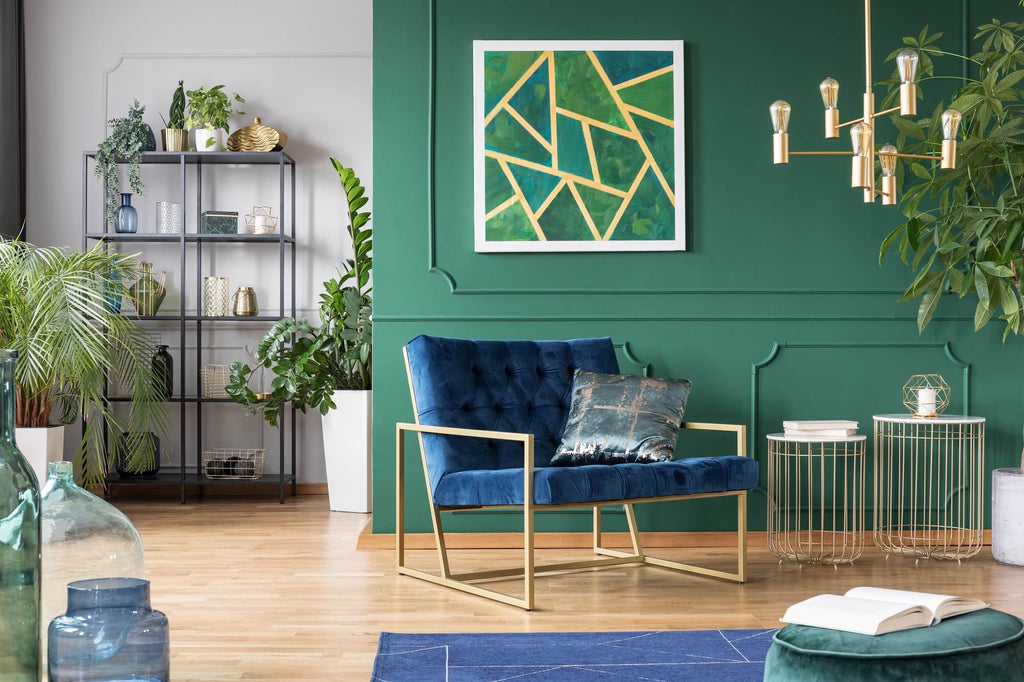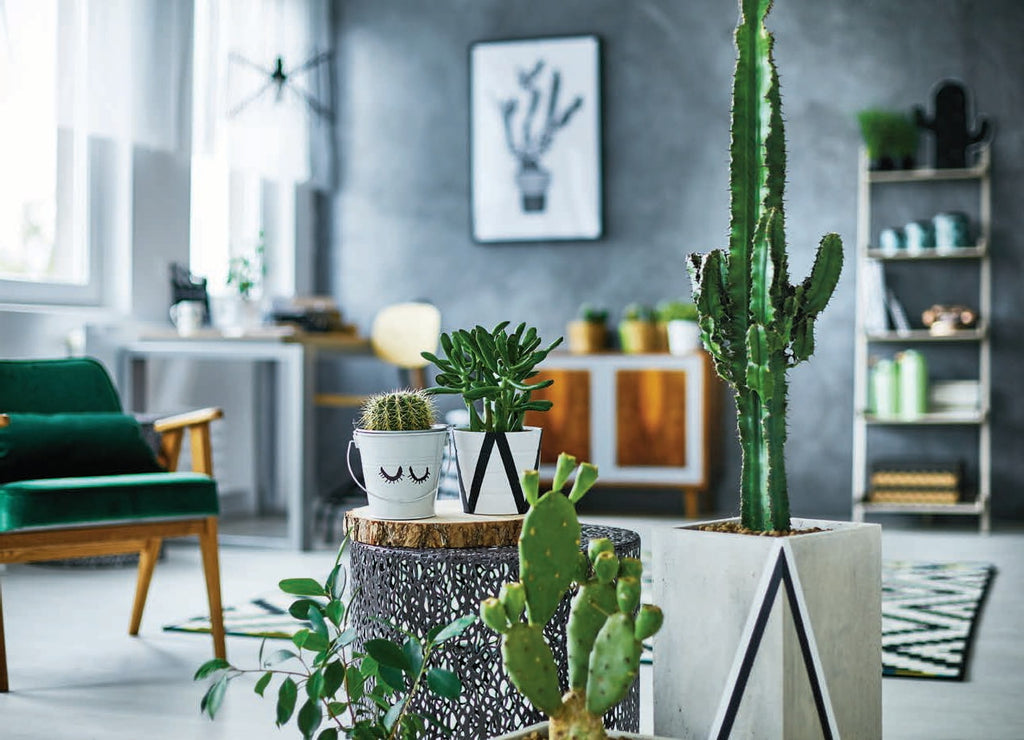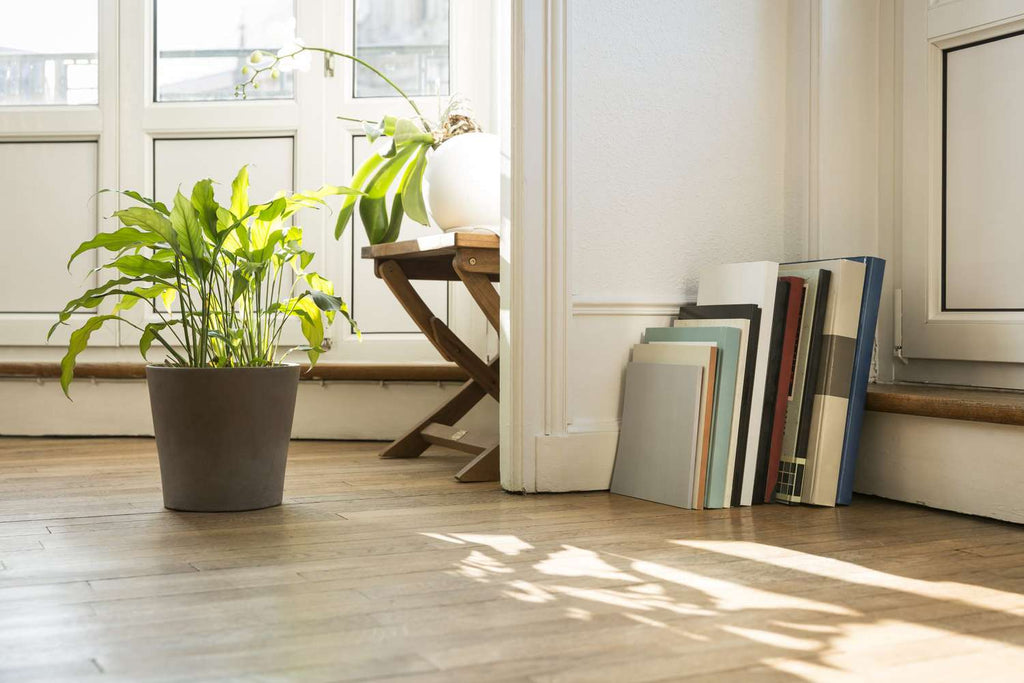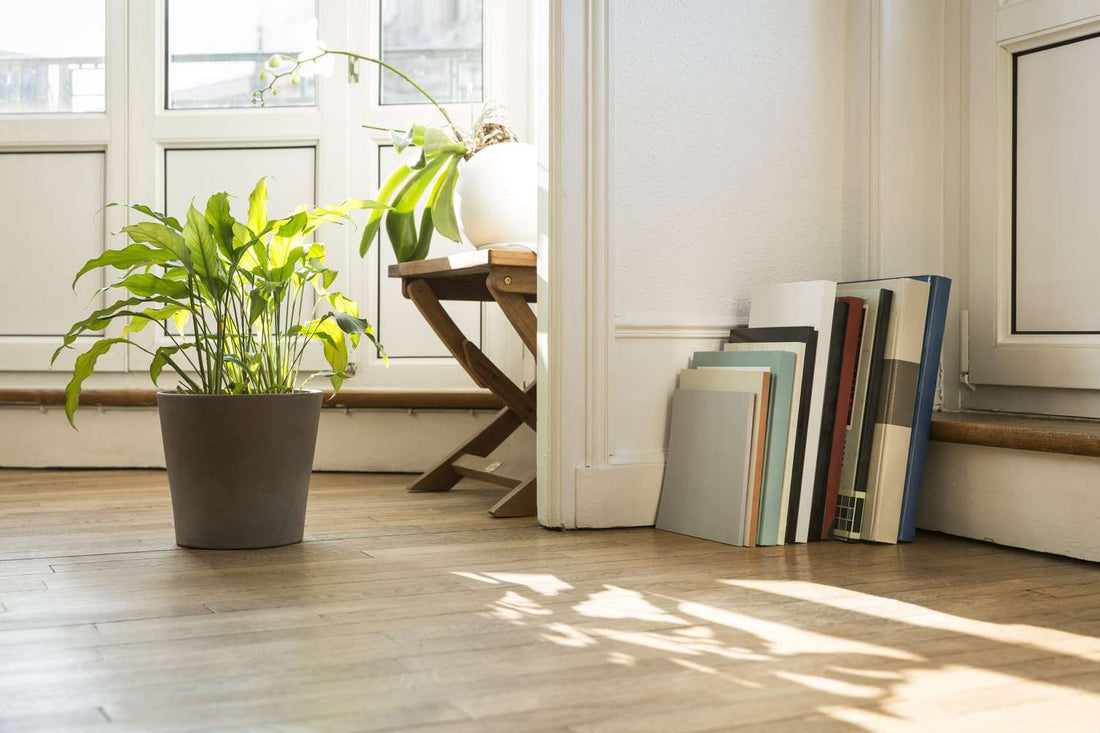Botanical Pairings: Match House Plants to Flooring
Plants are a great way to add life to a space and bring greenery to the room. Adding plants that match the flooring of your home not only provides beauty but also helps to clean the air, as well as enliven even the darkest corners of the home. If you have a green thumb or you are new to caring for house plants, it is easy to match house plants with flooring for a fabulous look and easy maintenance. It is important to choose the right house plant for your indoor space, regardless of whether you have hardwood flooring or ceramic tile. Find out how to match your plants to the flooring in your home using these helpful tips.
Plants That Match Hardwood Flooring

A hardwood floor is susceptible to fading and warping from UV rays and water damage. You should choose plants that can thrive in indirect sunlight or low light when selecting house plants to complement hardwood flooring. As these plants do not require direct sunlight, they can be placed in a variety of locations throughout the house.
The sansevieria plant (also known as the snake plant), the dieffenbachia plant, and the ZZ plant all thrive in low-light conditions. Furthermore, these types of house plants require less water than other types. This makes them easy to maintain, and they also work well on hardwood floors since they don't require heavy watering. Make sure your hardwood floors are protected by placing pots under a protective tray, regardless of how much water they require.
Plants That Match Ceramic and Porcelain Floors

Ceramic or porcelain floors are common in moist areas such as bathrooms or kitchens. If you want a house plant to thrive in these areas, choose one that likes to be in humid environments and doesn't need much light. A peace lily is a beautiful example of a luscious plant that grows beautiful blooms to accent your home. Make sure you keep this plant away from pets since cats can be toxic to it if they eat it.
Orchids, a tropical plant that blooms in a variety of colours, are another gorgeous choice of plant that matches your ceramic and porcelain floors. This tropical beauty will thrive in a humid bathroom and will make a lovely addition to a bathroom shelf or window sill. Similarly, indoor azaleas enjoy damp environments, so place them in your bathroom in order to ensure that the soil does not dry out. A typical bathroom is usually a cool, filtered-light room, which is very conducive to their growth.
Plants That Match Luxury Vinyl Flooring

Look for houseplants that prefer moist soil if you have luxury vinyl plank flooring. You will still need proper drainage for these plants, but your floors will not be damaged if water leaks onto the surface as long as you wipe it dry afterward. Dracaenas are well-known for their ability to purify the air within a home. Due to this, it is a great choice for people who suffer from allergies. The umbrella papyrus is a unique houseplant that acts as a natural humidifier for homes with waterproof flooring. Try the exotic and fascinating pitcher plant if you want to reduce the number of insects in your kitchen.
Luxury vinyl floor is the perfect flooring choice for any tropical plants. It may be a good idea to test a small, inconspicuous area of your floors to ensure they are water-resistant just in case anything leaks or you have to spray your plants too hard.
Plants That Match Natural Stone Flooring

With stone flooring, any room will have a modern feel, and it is the ideal place for plants that require full sun. Sunlight won't damage natural stone. It is therefore the ideal environment for taking care of desert plants such as cacti and succulents. The plants do not require much water, but they certainly require sun for several hours each day. Your plant should be placed in an area where a lot of natural light can come in during the day.
It is a great choice for homes with natural stone floors to display a beautiful, colourful Christmas cactus. Green jade plants have thick leaves and brown trunks that look striking in modern homes. There are also soft and wispy ponytail palms and colourful crotons with variegated leaves. Adding some lush greenery to your space can be achieved by using succulents.
Caring for House Plants and Your Floors: Tips and Advice

When you have chosen your favourite house plants and know how to match them to floors, it's important that you know how to maintain them. A care tag is usually included with plants sold at local nurseries and garden centers. You'll be able to determine how much water and sun they need from this. Make sure you read the care tag carefully and follow the instructions. You can also protect your floors and plants by following these tips:
- Check for changes in colour. When your house plant turns colours or appears to be dying, move it to a different location. Check on it after a few days. It is possible for some plants to suffer from a lack of sunlight or too much light.
- Whenever your plants grow too large for their pots, repot them. Houseplants that do not have enough room to grow can become rootbound, which can kill them.
- Even if you have stone or vinyl flooring, make sure you place a tray under your potted plants. With this additional layer of protection, too much water will not get onto the floors, causing damage or discolouration.
- Take the time to research. Make sure your house plants are safe around children and pets by learning about them. There are some plants that are toxic if consumed.
- Make your own tropical paradise. With orchids or other plants that thrive in humid environments, you will enjoy beautiful tropical blooms in your bathroom.
- Make sure you avoid water damage. House plants that need a lot of water should never be placed on hardwood floors. Moisture leaks can cause costly damage to this material.
- Keep your plants trimmed or pruned regularly. Make sure all dead leaves are removed and overgrown branches or stems are trimmed. It is a simple task that will stimulate healthy growth in your house plants and encourage them to grow larger.
Other flooring blog articles you may want to read:
TIPS ON CHOOSING FLOORING ON A BUDGET
FLOORING FOR CHILDREN: WHAT ARE THE BEST OPTIONS?
